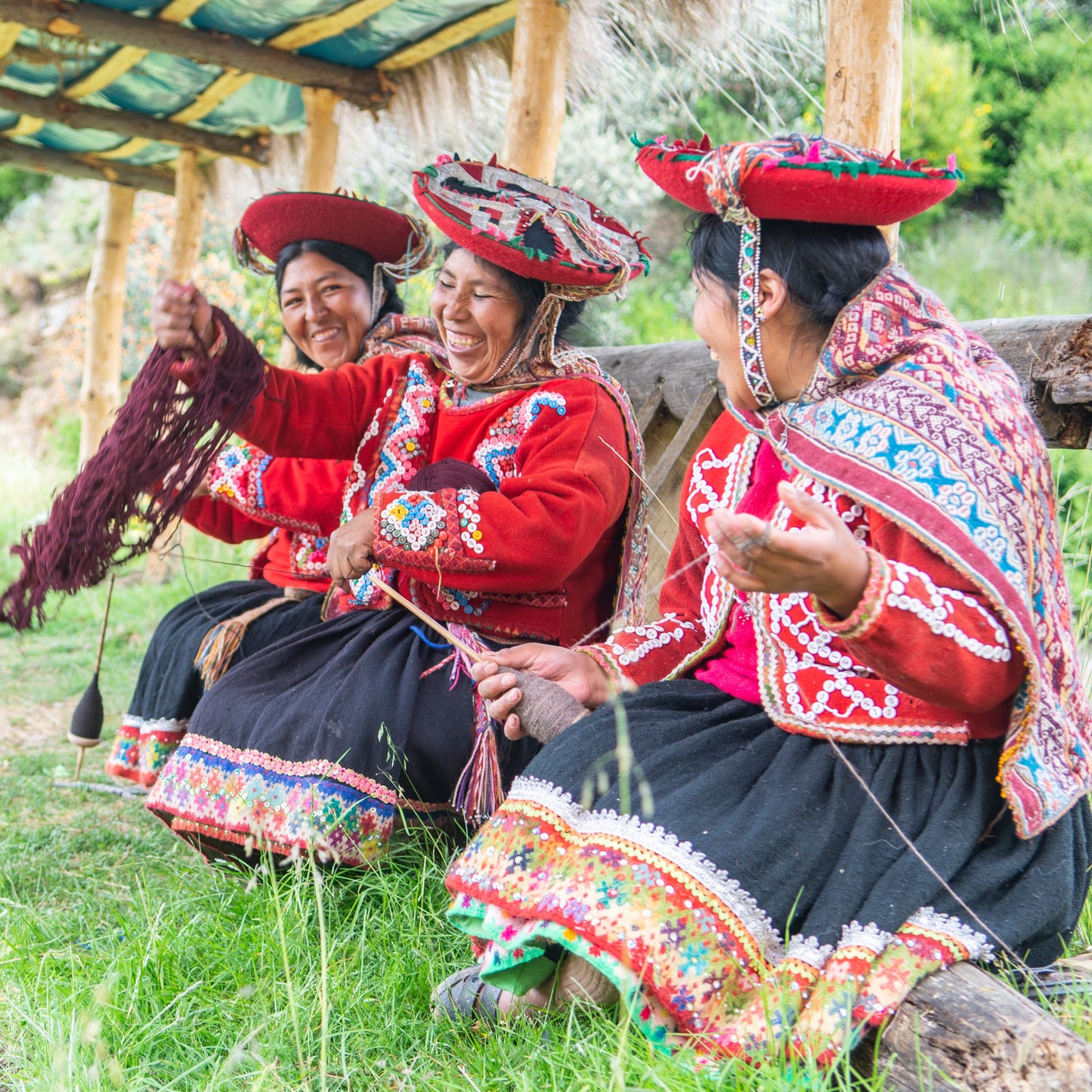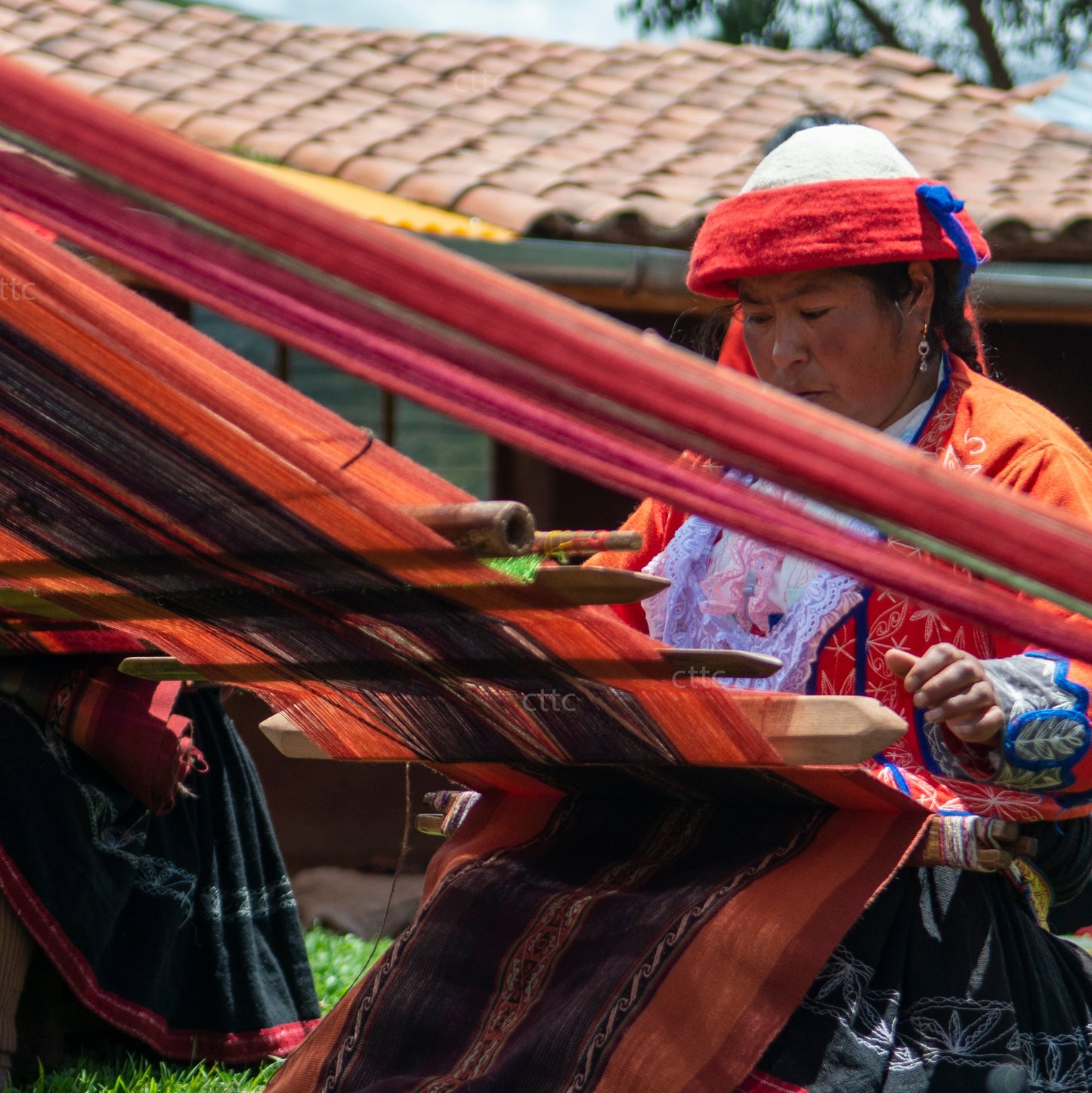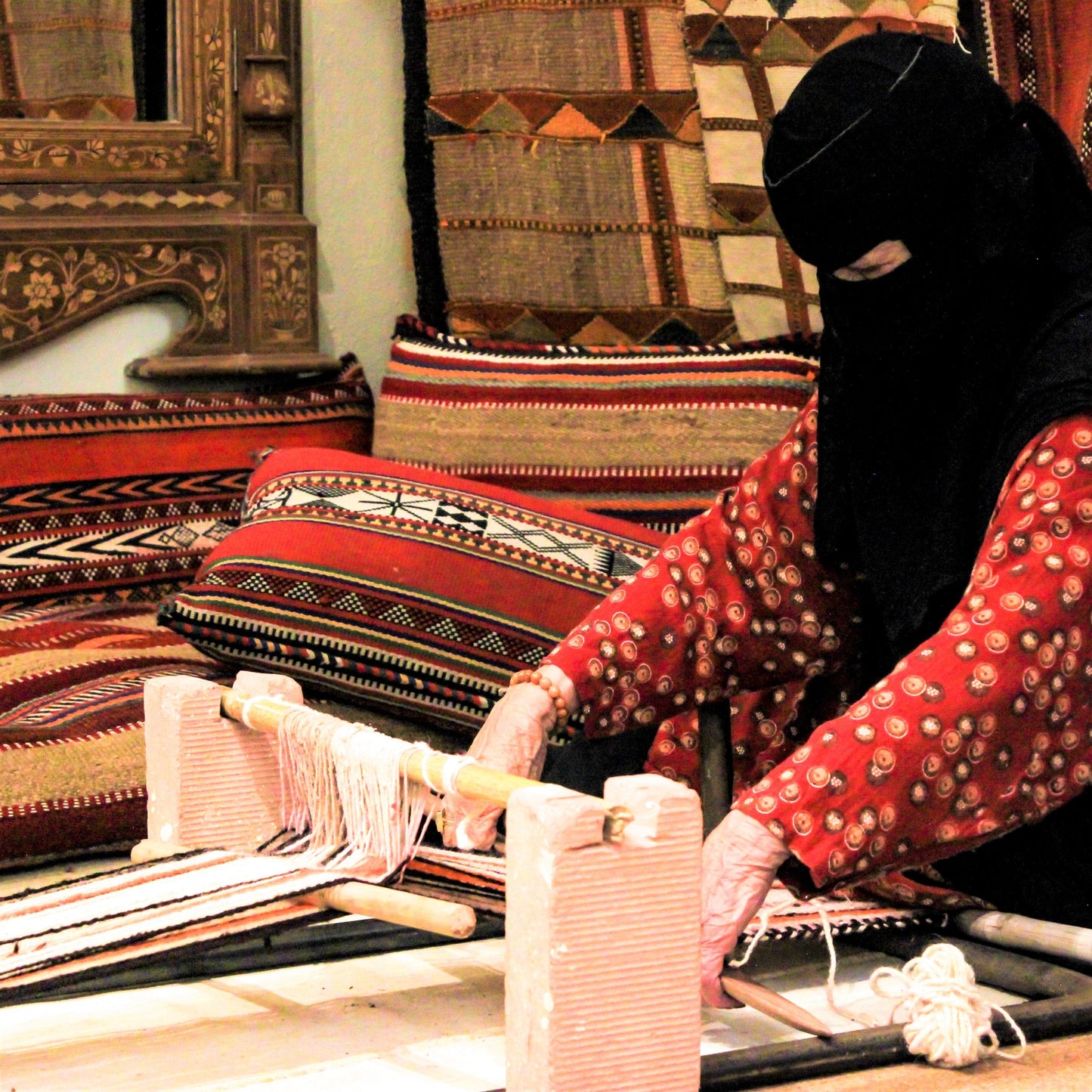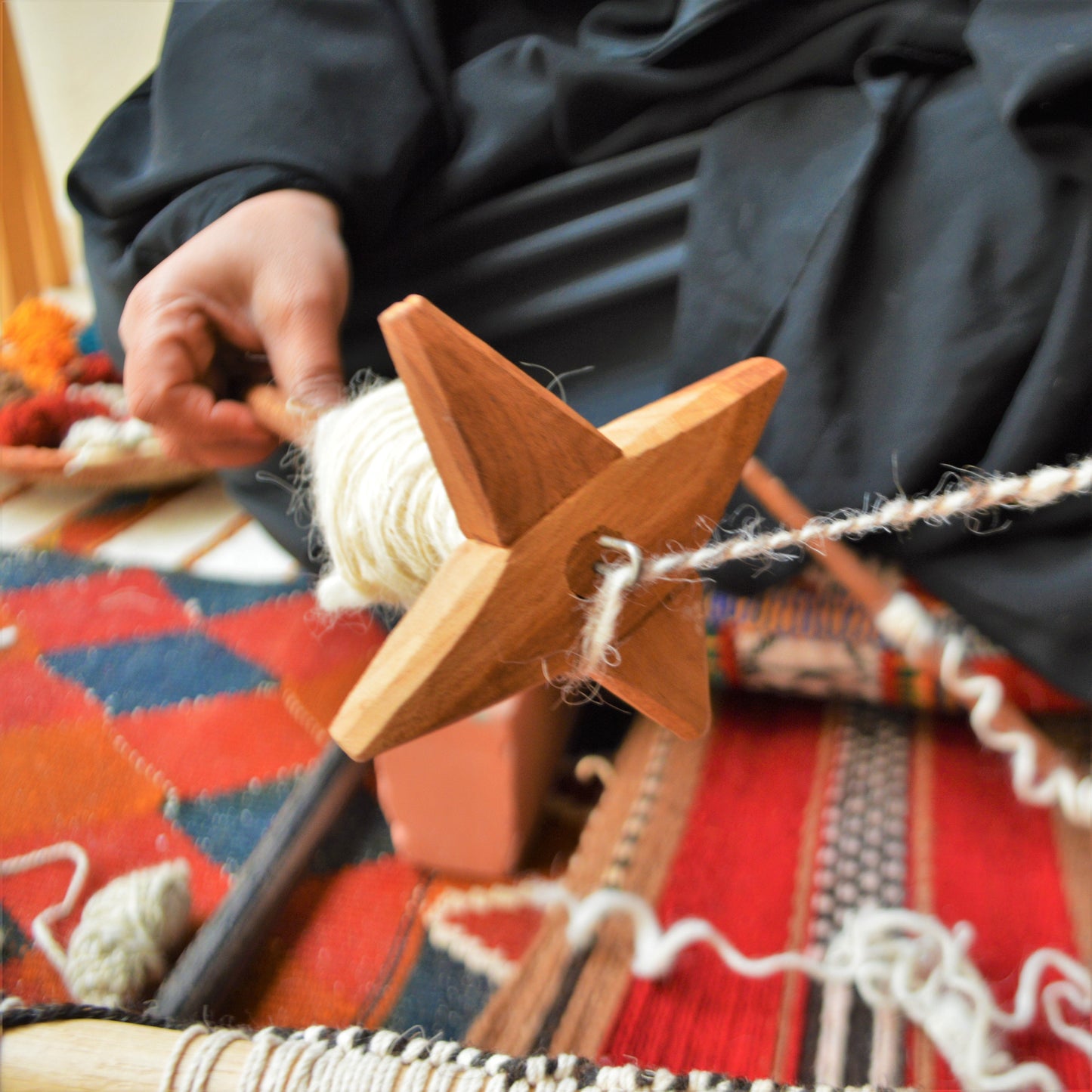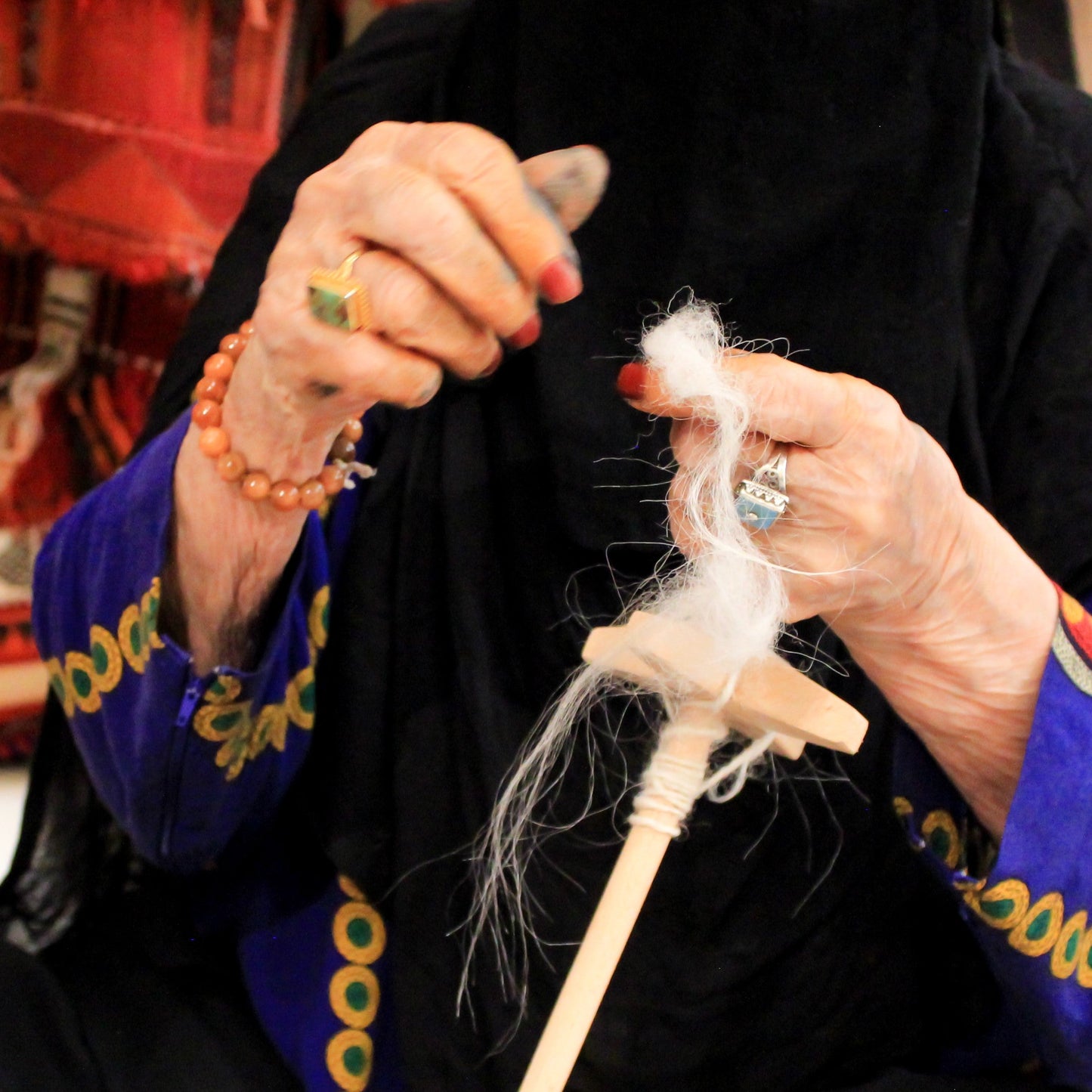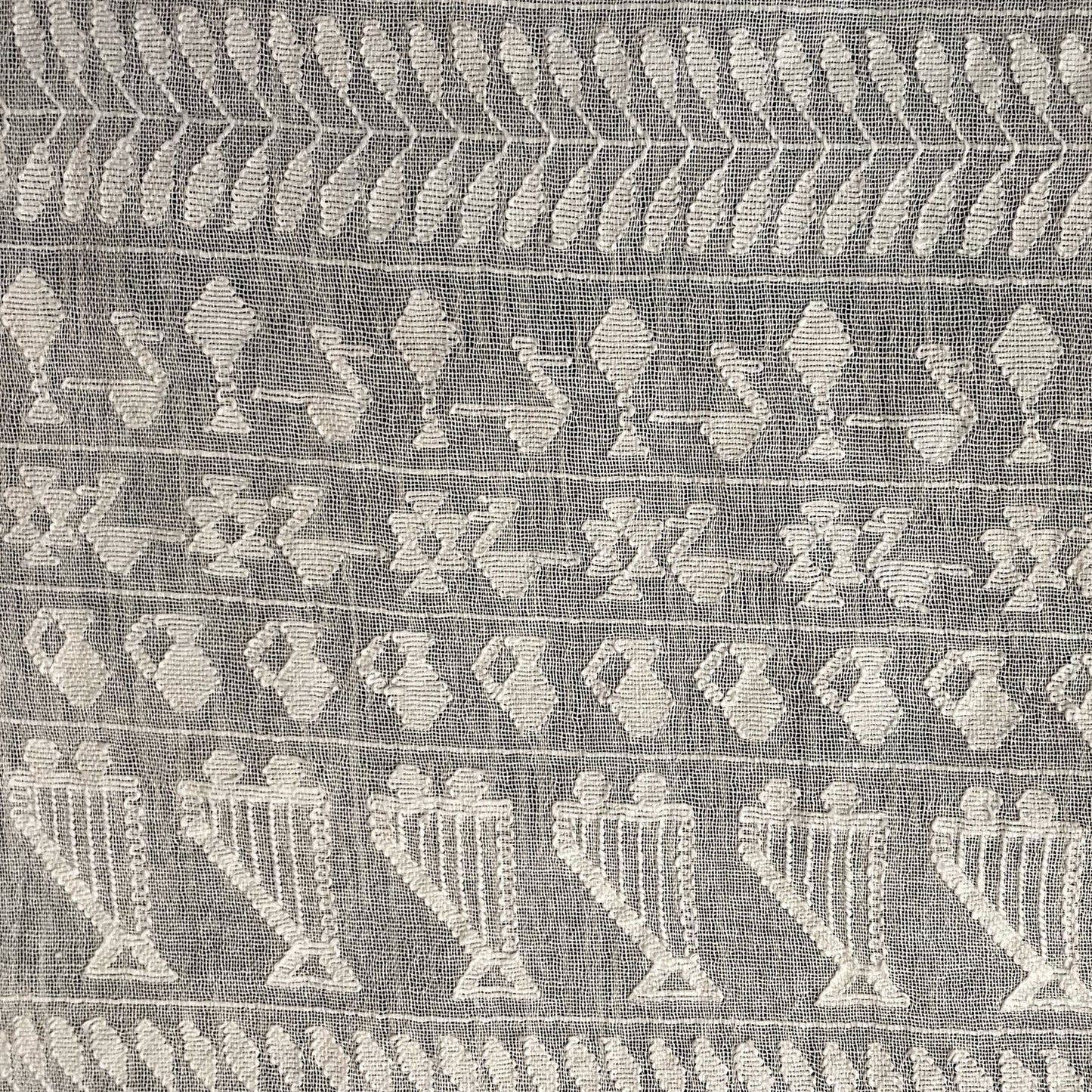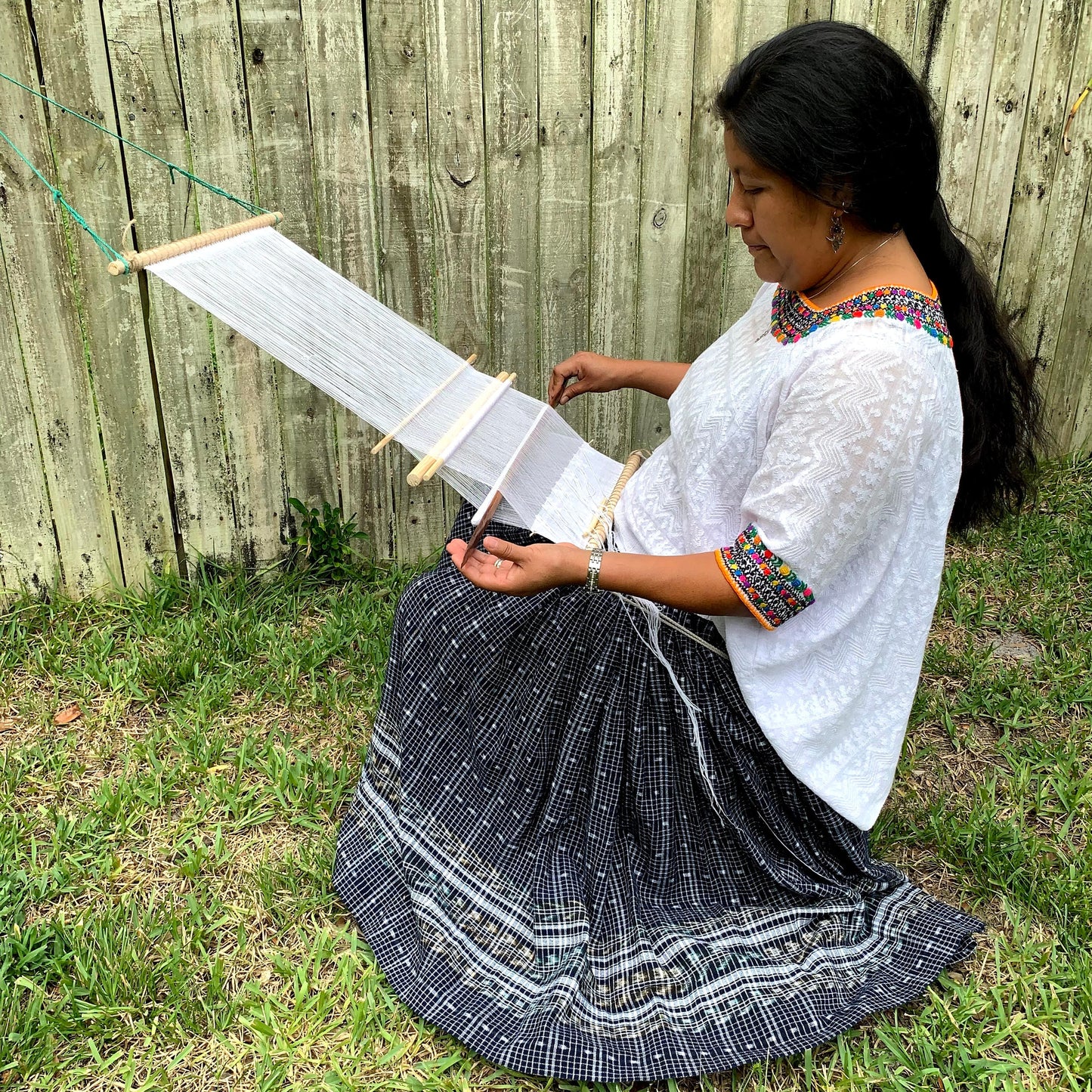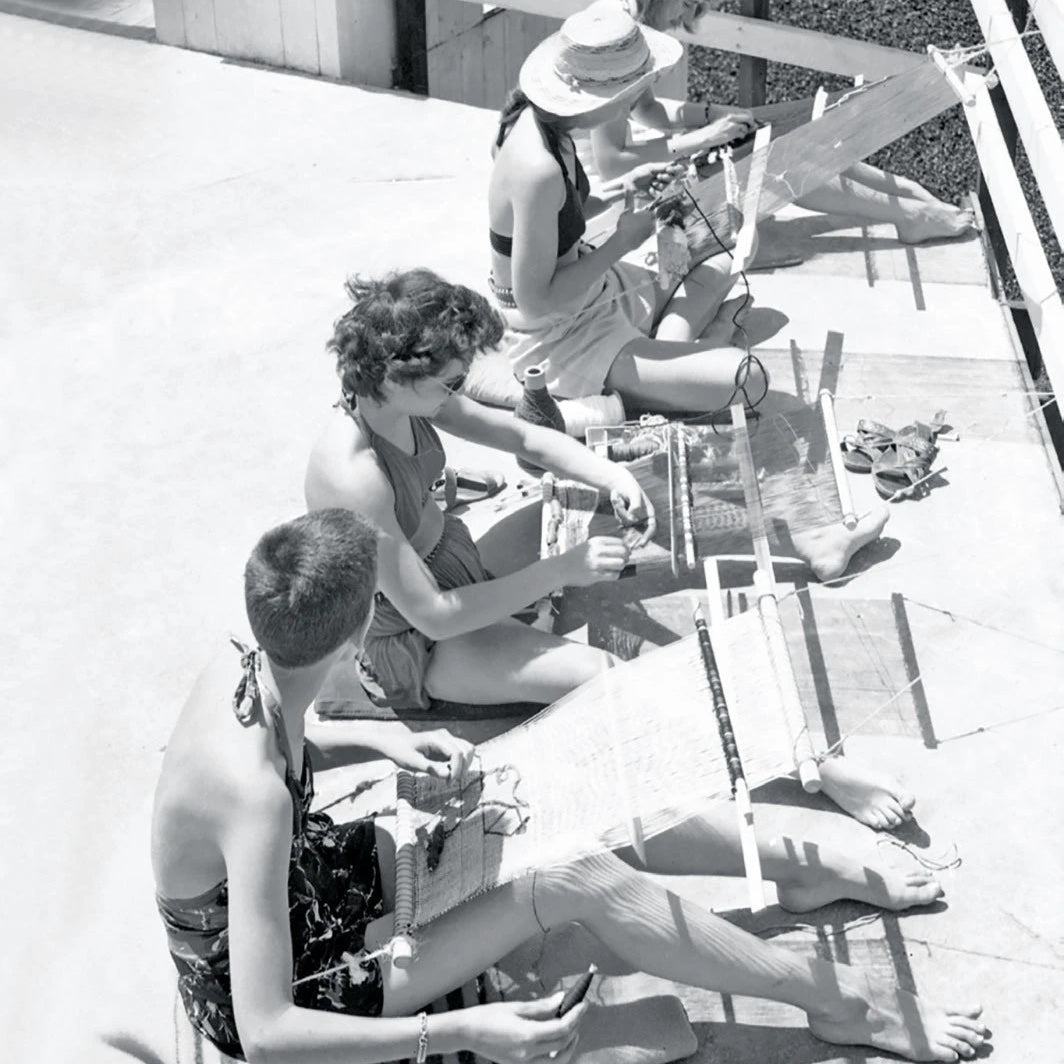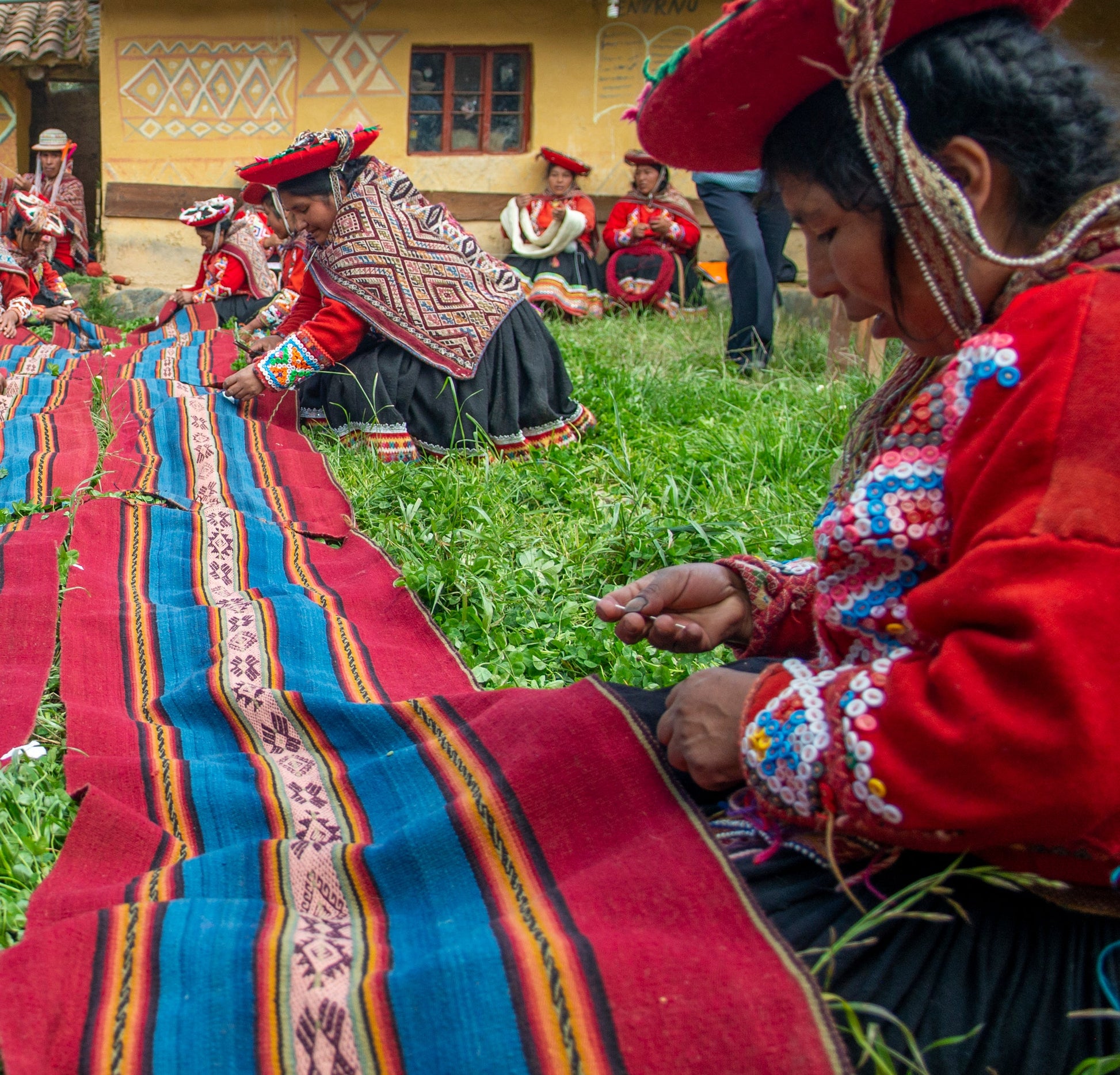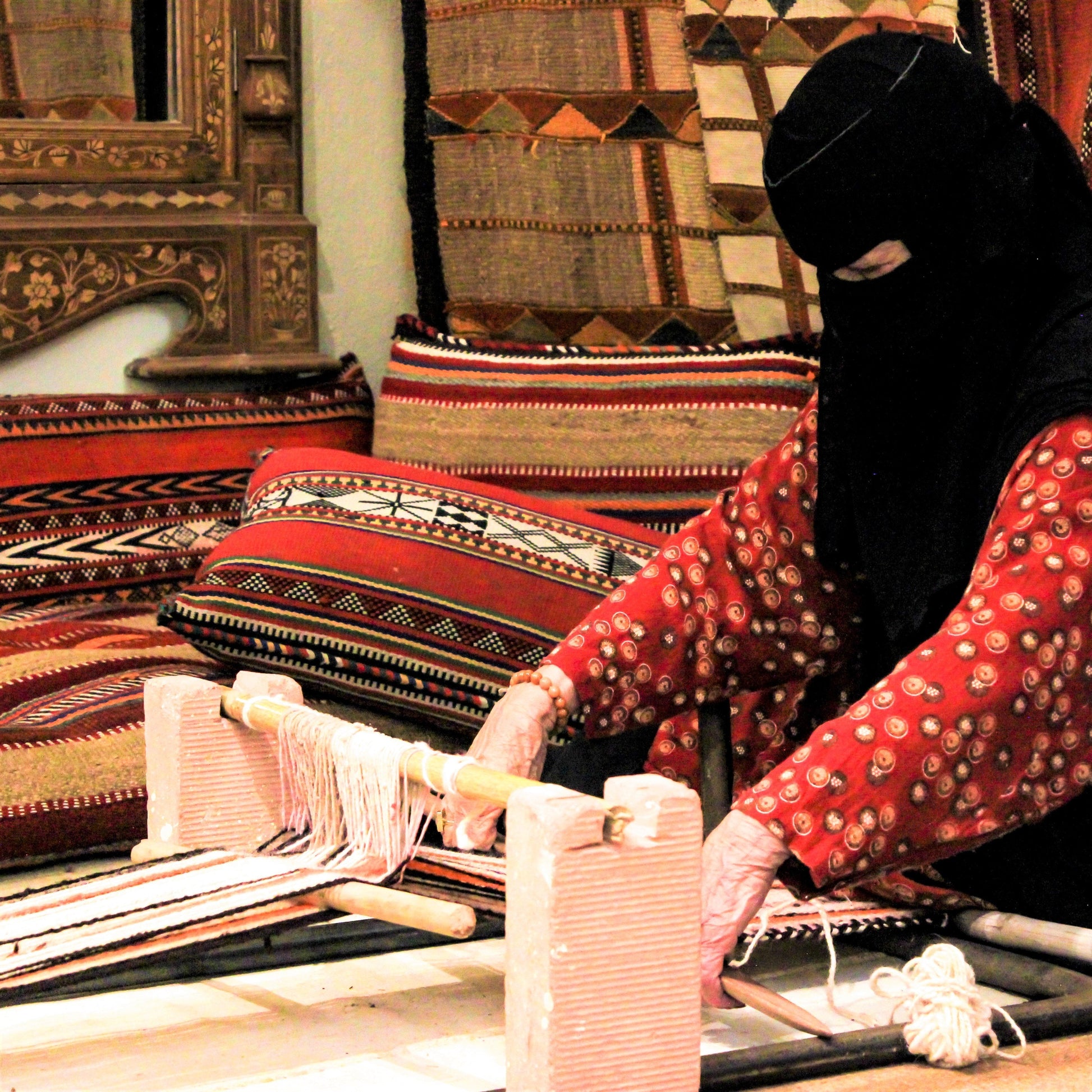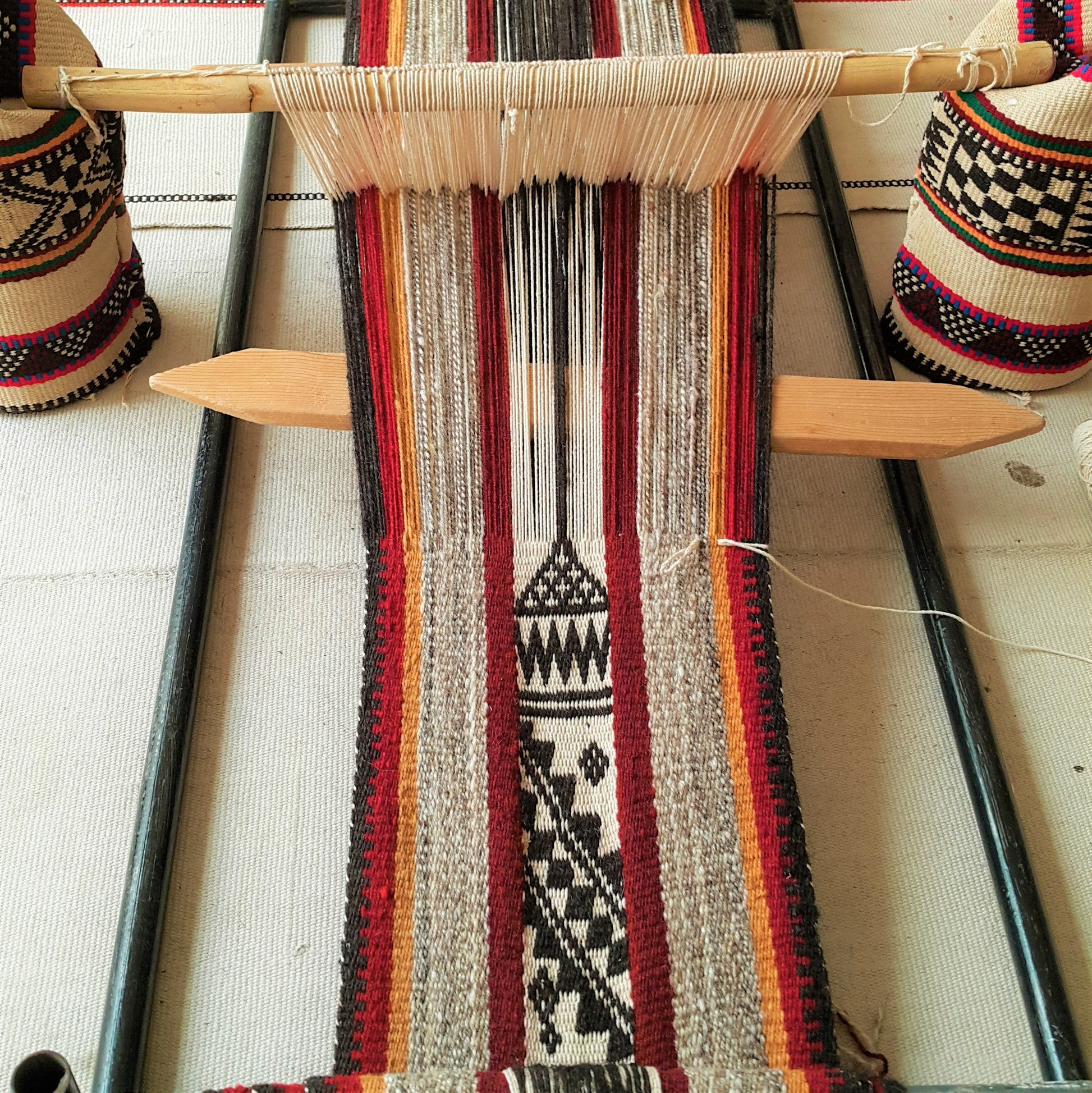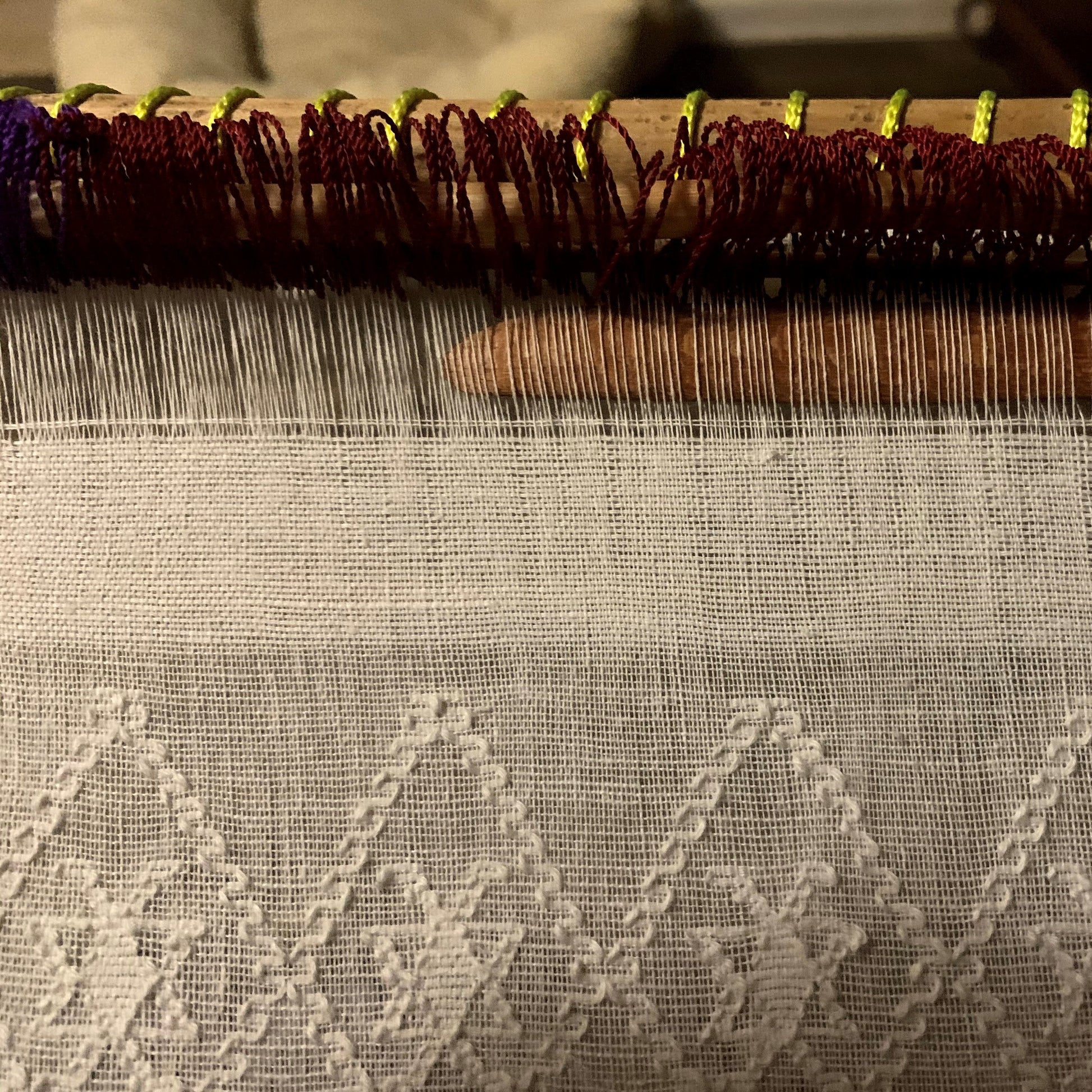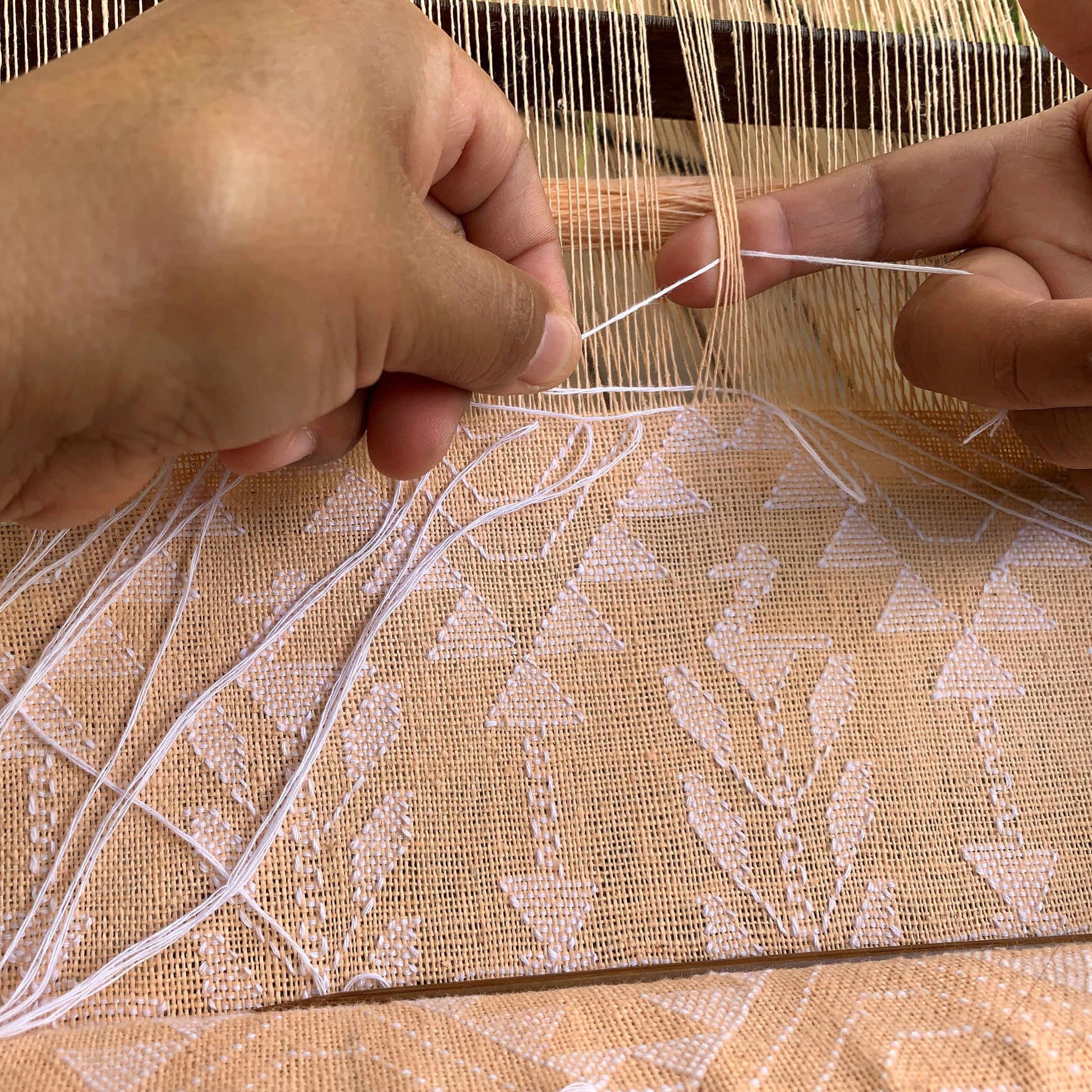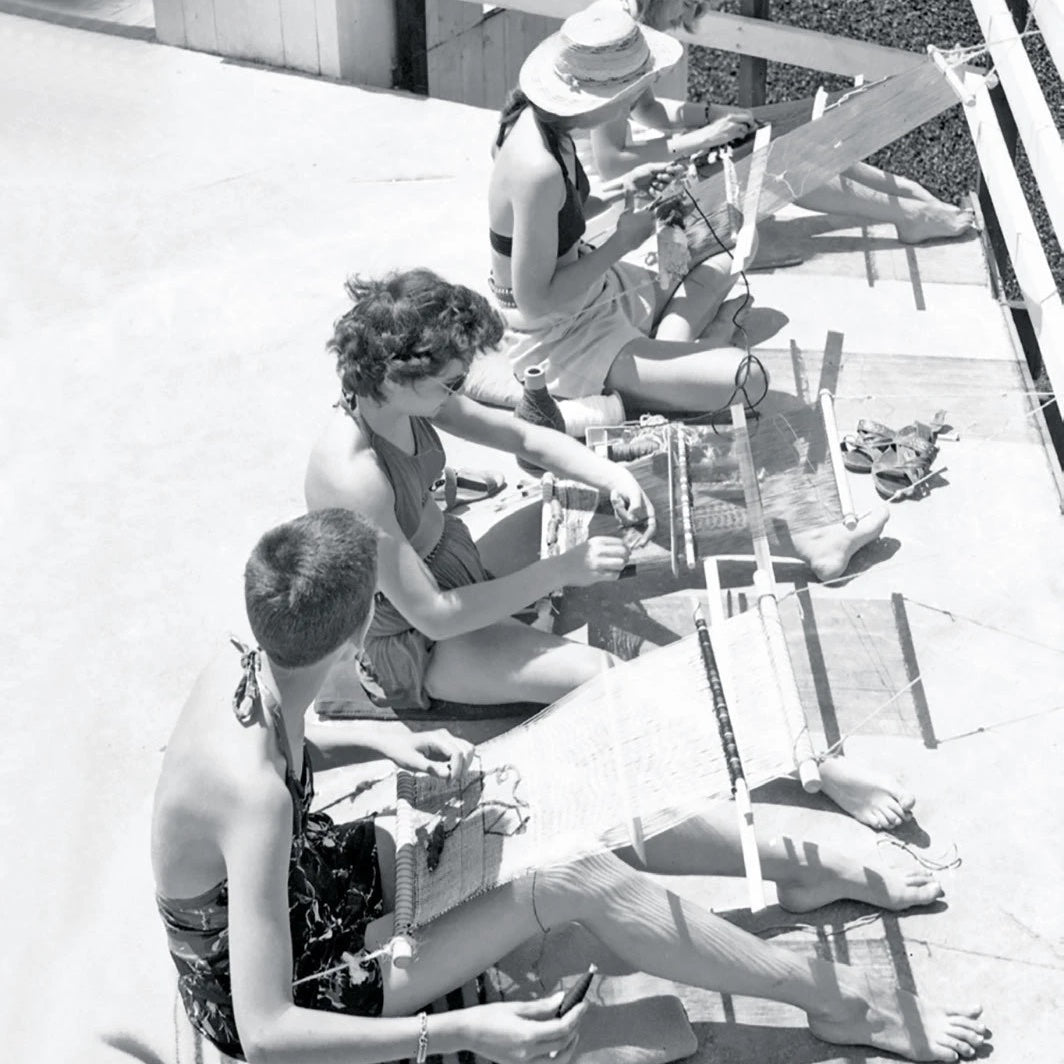Back to Basics, hosted by Marcella Echavarria, Mexico
Online event, hosted on Zoom, by Marcella Echavarria, Mexico
Marcella Echavarria is a lifestyle specialist. She works with artisans and design entrepreneurs worldwide consulting on branding through her unique methodology that merges Branding and Sustainability by giving access to brands and enterprises to the currency and codes of developed markets. In 2002, She founded SURevolution, a sustainable fashion company with an outstanding brand recognition and commercial presence in the US.
In 2018 Marcella started XTANT, her most personal project to date with Kavita Parmar. She contributes regularly to different magazines in both South America and the US about design, travel, design and food.
She co-teaches the course Crafting Your Brand specially tailored for textile businesses in collaboration with Polly Leonard from Selvedge Magazine.
Marcella started Noir as a passion project that connects her appreciation for mud silk, a heritage textile with 2500 years of history and remarkable qualities, with her vision of what the future of fashion should embrace. She believes in quality, craftsmanship, slowness, ancestral geometrical shapes and respect for makers.
Brief outline of programme:
MÉXICO HOY
Mexico today as seen by three young creators whose voice is about honesty, bluntness and a new way to showcase their country away from folkloric clichés beyond Frida Kahlo and rosa mexicano. Melania Chavarría mixes fashion, photography and performance in a unique artistic expresión creating a path that takes a leap into a vibrant present and a promising future on pair with other expressions such as architecture. Abisai Navarro, from Oaxaca, weaves his personal relationships with different indigenous communities through his photography and his brand of traditional textiles. He focuses on what is alive and thriving today. Luvia Lazo, from Teotitlan Del Valle, is a cultural agent with experience in merging the reality of the textiles supply chain on ground at the community level with the world of global Fashion. She is an accomplished photographer with a delicate poetic eye that is beautiful and also questions the reality of rural Mexico today.
Nick Weber of The Josef & Anni Albers Foundation, United States of America
In 1971, Josef Albers established a not-for-profit organization to further "the revelation and evocation of vision through art." Today, this organization—The Josef and Anni Albers Foundation—is devoted to preserving and promoting the enduring achievements of both Josef and Anni Albers, and the aesthetic and philosophical principles by which they lived. The Foundation carries out its mission by working on exhibitions and publications, primarily focused on the art of Josef and Anni Albers; assisting with research; and supporting education. It conserves the Alberses' art and archives, and serves as an information resource for artists, scholars, students, and the general public. It helps sponsor other activities inspired by Josef and Anni Albers's interests and concerns.
Outline of the talk:
Anni Albers and Mexico
Anni Albers (1899 -1994) was one of the leading pioneers of twentieth-century modernism. A textile designer, weaver, writer and printmaker who inspired a reconsideration of fabrics as an art form, both in their functional roles and as wallhangings. During this talk, Nicholas Fox Weber, Executive Director and the Josef & Anni Albers Foundation, explores Anni’s revelatory travels with Josef to Mexico, which both informed her artistic endeavours for the rest of her life and led to a veritable obsession with Mexican textiles and backstrap weaving.
Nour AlNashi of AlSadu Society, Kuwait
Al Sadu Weaving Cooperative Craft Society is a non-profit cooperative entity that carries on the responsibility of preserving and reviving the traditions of weaving, whilst developing its contemporary design and function. The society teaches traditional weaving skills and produces traditional textiles for interior decoration and for the gift market. Their products feature Bedouin Sadu weavings for contemporary everyday use.
Outline of the talk:
AlSadu Craft
The process of weaving is known as “al-sadu”, a term used to denote the process of weaving and spinning using the Bedouin ground-loom. Al Sadu weaving is the oldest and most traditional craft practiced by the Bedouin people of Kuwait and the Arabian Peninsula. This craft requires a high degree of artistic dexterity and skill, which represented in its beautiful inscriptions that depict the story of the surrounding desert environment. AlSadu, Kuwait's cultural and national heritage, is on the UNESCO representative list of intangible cultural heritage.
Nour AlNashi will speak of the historical background of AlSadu, the tools and techniques and design elements associated with this particular type of weaving, the craft in the context of wider cultural changes in Kuwait, and the AlSadu Society's role in safeguarding it. .
Nilda Callanaupa of Centro de Textiles Tradicionales del Cusco, Peru
A master indigenous Quechuan artist who spins, weaves and knits in traditional styles, Nilda Callañaupa is also a scholar and the director and president of one of the most influential textile organisations in Peru. Born into the millennia-old Inca traditions of weaving in the Sacred Valley, Callañaupa, she discovered her gift for weaving as a young girl. Having honed her craft and travelled the world to speak at universities and museums about the disappearing art of Inca weaving, establishing the Centre for Traditional Textiles of Cusco (El Centro de Textiles Tradicionales de Cusco or CTTC) seemed like a natural progression.
The centre was designed in order to inspire poor Quechuan women to improve their economic circumstances and to save cultural traditions from being lost to future generations: “Traditional weaving practices on ancient-style backstrap looms were left in the hands of the elders... Young people were not learning to weave.” Techniques and patterns from 2,000 years ago were disappearing as weavers turned to more easily accessible and colourfast day-glow coloured chemical dyes. So in the early 1990s, using connections in Chinchero that dated back to her childhood, Callañaupa brought women together into a cooperative to share skills and techniques.
Callañaupa knows well the plight of the local Quechuan Native Americans, descendants of the Inca. She herself grew up in a small village and, like all the other local children, began tending a big flock of sheep when she was 6 years old. Her mother, Guadalupe Alvarez, taught her to spin yarn and weave not only sheep’s wool but also that of llamas and alpacas. “Weaving was in my blood,” she said. By the time she was in her early teens, she was hooked. She financed her college education in Cusco by selling textiles, and her skills soon brought her world-wide recognition.
Concepcion Poou Coy Tharin, Guatemala
Concepción, or Concep for short, is a Q’eqchi’ Mayan woman from the village of Samac near Cobán, Alta Verapaz, Guatemala. Taught by her mother and sister to weave at age eight, she has mastered her local style, an intricate gauze-like weave called pikb’il. Traditional back-strap weaving is one of the few sources of income for the women of her village, though each blouse takes a month to weave. By selling her textiles, Concepción was able to fund her education. With other women in her village she founded and was selected as the first president of the village’s first women’s weaving cooperative. As such, she helped start an association of artists and artisans of all kinds from her area. With them she has participated in many festivals and demonstrations around her area and her country in an effort to secure weaving as a sustainable source of income. Now living in Florida, she demonstrates and teaches backstrap weaving, bringing this ancient tradition to life for people in the U.S. Her own textiles preserve traditional designs to honour her ancestors.
Brief outline of talk:
Alongside Nilda, Concepcion will speak about where she is from, how she learned to weave with a backstrap loom, the importance of weaving in her community in Guatemala and how she is keeping this tradition alive.
Share




